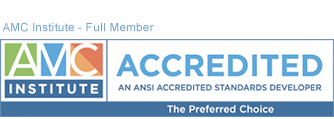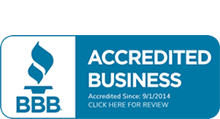How to Use Social Media
You’ve opened a Twitter (http://twitter.com/) account, you’ve created a Facebook (http://www.facebook.com/) business page, and you and your association are on LinkedIn (http://www.linkedin.com/home?trk=hb_home). Now what?
This third in a series of posts on the subject will answer that.
You already should have determined who in your organization will be doing the posting and tweeting (posting on Twitter). For consistency of message and style, it is best to keep those duties to just one or two people. If you are not the one doing the posting, make sure you are an administrator on the accounts and that you monitor your Facebook page, Twitter feed and other social media sites on a regular basis to know what is being said. We noted in the first (link to first blog post) blog post that while social media sites are free, you and your association need to invest staff time and resources into doing it right.
Be sure to have a clear idea of what you want to communicate: news updates about your organization and your business sector; tie-ins to current events; links to your website, blog and newsletter. Make sure to have a good mix of posts. Constant self-promotion turns off followers. Ask questions and respond the answers. At The Center for Association Resources, we have continue to see results for a variety of organizations that follow this guidance.
Writing that first post or tweet may feel a little like walking into a freshman mixer. You fear nobody knows you and nobody will be interested in what you have to say. That’s not true. With more than 51 percent of Internet users in the United States engaged in social media, so there are many people out there interested in your cause, your association or your product. Be authentic in your posts and don’t always be in sales mode.
Know your audience. Unless you are certain they are overtly partisan or strongly identified with a particular faith or cause, keep your posts non-partisan and inclusive. If you wish your followers Merry Christmas, be sure to include holidays from other religions, as well. If someone posts an offensive response to something, delete it and apologize. Bad publicity is NOT better than no publicity at all.
Post photos and videos from your association’s events, and invite participants to share theirs. But stay away from wild or embarrassing shots. No need to be too authentic.
Finding followers is easy. They’re already reading your newsletter or blog. Invite them to follow you on Facebook, Twitter, LinkedIn and Google Plus (https://plus.google.com/up/start/?continue=https://plus.google.com/&type=st&gpcaz=23db4111), and suggest they ask others to do so as well. Ask your own personal Facebook friends and encourage co-workers to do the same. Suggest to other members of a LinkedIn group that you “like” each others’ Facebook business pages – and don’t forget to include the link to your own.
Leverage “old media,” and other venues to drive traffic to your website, Facebook business page or newsletter through the use of QR codes (http://en.wikipedia.org/wiki/QR_code). “QR” stands for quick response, and they’re those little black and white boxes that are starting to show up in ads, magazines and displays. Smart phone users scan them and go directly to wherever on the Internet that particular QR code send them. Real estate professionals are starting to put them on signs, for a link to a detailed description of the property. Food product displays might include links to recipes. Clever organizations wanting to promote an event are putting them on posters and in ads to take people right to where they can buy tickets or sign up to volunteer. Creating a QR code is easy through numerous websites, like this one: http://myqr.co//. Be sure to test it before you publish it!
In our experience, the social media world is constantly changing, as the rapid growth of Google Plus has proven. We continue to work with your organization to get the most out of your social media plan. Let us know how The Center for Association Resources can help your organization today!







